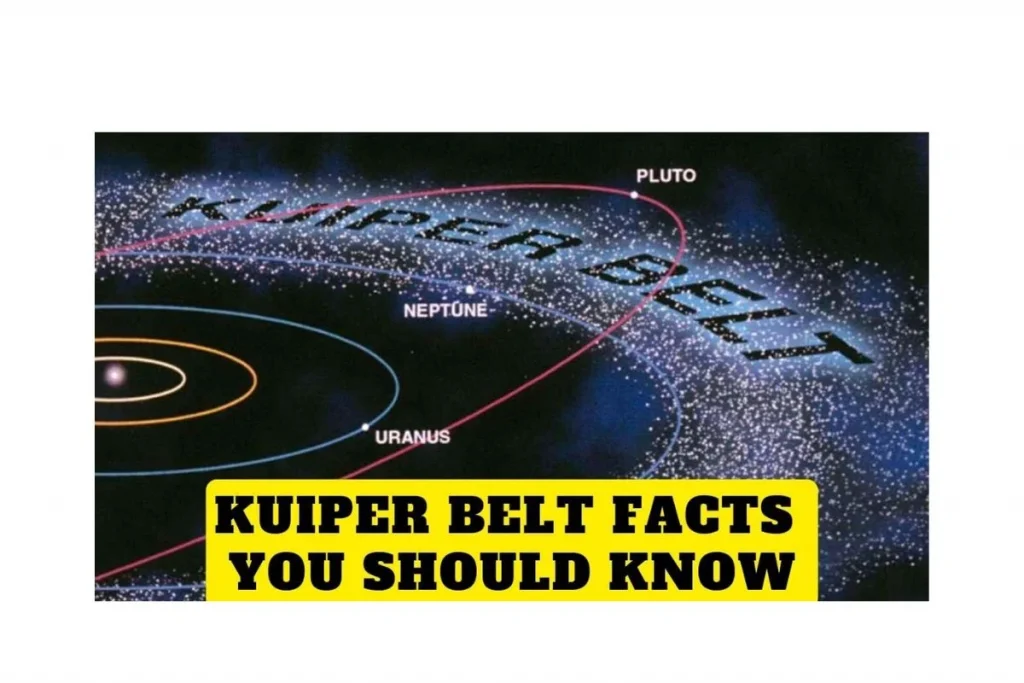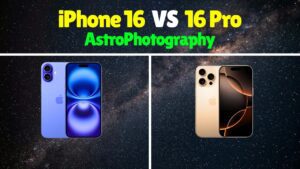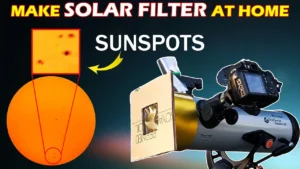
The universe is vast and mysterious and never fails to spark curiosity or wonder among astronomers. The Kuiper belt is one such fascinating part of our universe that holds an oyster of undiscovered magnificence in it.
Also known as the Kuiper-Edgeworth belt, it is located past the orbit of Neptune in the outer part of the solar system. It contains millions of icy bodies left behind during the formation of other planets
Stick to the end of the article, as we discuss the various amazing facts about it.
Quick facts about the Kuiper belt
- Gerard Kuiper named the belt after him.
- 1983 was the year that NASA’s Pioneer 10 entered the Kuiper region.
- The Kuiper belt contains lumps of icy objects as large as 100 kilometers in diameter.
- Three officially recognized dwarf planets, Pluto, Haumea, and Makemake are located in the Kuiper belt.
- The first mission dedicated to studying this belt is NASA’s New Horizons which flew past Pluto in 2015.
About Kuiper belt
The Kuiper belt is a cold, dark region 20 times larger than the asteroid belt. It stretches between 30-55 AU from the sun. Comets and icy objects populate this belt.
Besides being dynamically active, the scattered disk found in the outer Kuiper belt is also considered a source for short-period comets.
Objects present in the scattered disk of this belt have elliptical orbits. There used to be an assumption that this belt represented the edge of the solar system before missions to the Kuiper belt were launched. There is an outer shell beyond this belt known as the Oort cloud.
Discovery
Kuiper belt theory began in 1930 with the discovery of Pluto. Astronomer Kenneth Edgeworth published a paper speculating the existence of small bodies beyond Neptune.
In 1951, Gerard Kuiper published a similar hypothesis. Neptune is responsible for the Kuiper belt’s formation. Space debris may have merged together to form a planet, but Neptune’s gravity disrupted the process leading to the formation of the Kuiper belt.
In 1987, with the expertise of advanced technologies, Jewitt and Luu discovered the Kuiper Belt. Astronomer David Jewitt along with his graduate student Jane Luu began to locate objects beyond Pluto’s orbit.
Besides Pluto, the first KBO was discovered in 1992, while a second was discovered six months later. Scientific observations proved the existence of the Kuiper belt with these discoveries.
Importance
This belt may hold important clues to the origin of the solar system. Researchers believe that ice present in this belt is as old as the formation of the solar system. There is a possibility it holds vital clues to uncovering the truth.
To date, more than 2000 Kuiper belt objects (KBOs) have been cataloged. However, it is quite alarming to learn that the amount of material currently in this belt is just a tiny fraction of what it used to be.
According to the Nice Model, the shifting orbits of Jupiter, Saturn, Uranus, and Neptune have caused the disappearance of materials weighing 7-10 times the mass of Earth. This belt is slowly eroding as well.
As a result of frequent collisions, smaller KBOs are formed as well as dust that is blown away by the solar wind. It is also the source of comets. The gravity of Neptune pushes small objects eroded from this belt towards the Sun. Jupiter’s gravity further acts as a propeller.
Moons present in the belt
Did you know the objects present in this belt have moons? These moons are smaller or binary objects that rotate around the KBOs.
These binaries are pairs of objects that rotate around the object in between them. In some cases, they even touch creating a peanut shape, also known as a contact binary. Eris, Haumea, Pluto, and Quoaur are KBOs that have moons.
Kuiper Belt Objects (KBOs)
There are some concerns regarding Triton’s orbit, the largest natural satellite of Neptune. In accordance with current theories, Triton once existed in the Kuiper belt, but it is now orbiting Neptune due to Neptune’s gravity.
The moons of Jupiter, Neptune, and Uranus have originated as spinning discs of materials. Later they came together as moons and orbited in the same direction of their planet. However, Triton orbits in the opposite direction to Neptune.

It is also speculated that the largest dwarf planet in the solar system, Eris may also have been a Kuiper belt object. Located 97 astronomical units away from the Sun, Eris is located past the K-belt. Astronomers believe that similar to Triton, Eris might have been pushed out of the belt due to Neptune’s gravity.
First Kuiper belt object
Eris’ discovery led to a reconsideration of Pluto’s status. We cannot discuss KBOs without discussing Pluto, the first Kuiper belt object ever discovered. It was once included as a planet in the solar system but later upon classification and further studies, it was classified as a dwarf planet.
There were no fixed rules that guided the classification of planets. After the discovery of Eris, the International Astronomical Union decided that a body can only qualify as a planet if its orbit is free of other objects. There are numerous objects surrounding Pluto’s orbit.
Makemake is another Kuiper belt object visible from Earth besides Pluto. Discovered in 2015, it is 45 AU from the Sun. Eris led to the discovery of the category of dwarf planets.
Unfortunately, only the solar system does not house this belt. There are at least nine stars that have structures similar to this Belt. Due to the Kuiper belt’s origin as part of the solar system, it’s possible other structures may have similar structures.
It is also interesting to learn that extreme trans-Neptunian objects that are located far beyond the planets show a cluster of their orbits as if influenced by some undiscovered planet. So can it be due to the influence of Planet Nine?
This belt holds vast mysteries in it, which still remain unresolved. We’ll send missions to the Kuiper belt to understand and learn about the objects floating in this region. We won’t be able to unravel the mysteries until the future comes to pass.
Till then, to learn more about our universe, check other amazing articles on our website.





